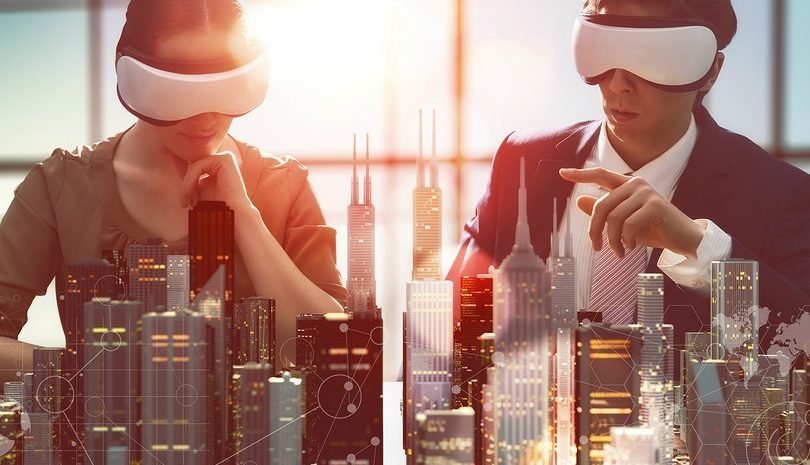New report guides retailers on virtual reality

Many retailers think of virtual reality (VR) as an over-hyped buzzword that doesn’t apply to their day-to-day business.
But according to Deloitte, that would be a mistake.
In a new report titled, How much is that virtual reality doggie in the virtual window?, the consulting company suggests VR and augmented reality (AR) are about to become the new gold standard in omnichannel retail.
“While we’re still at the beginning of this journey into the virtual world, many retailers globally have experimented with immersive technology in some way to satisfy the increasing consumer demands for novel and emotionally engaging customer experiences,” David White, national retail leader at Deloitte, said.
“It is becoming better, more affordable, more ubiquitous, and customers are interested in it.
“Smart retailers are paying attention to where their customers are looking in an effort to provide the best possible experience for them.”
According to the Deloitte report, worldwide revenues for the VR and AR market will grow from US$5.2 billion in 2016 to more than US$162 billion in 2020. This represents a compound annual growth rate of 181.3 per cent over the 2015-2020 forecast period.
And analysts predict the retail industry may be one of the biggest beneficiaries of this growth.
Brands are seeking to use VR and AR both for direct sales opportunities and to enrich the consumer’s experience of the brand.
“Technology is dramatically changing the retail landscape, but one thing remains the same: retail is about providing high-quality, engaging experiences for customers,” Robbie Robertson, leader of spatial and brand experience at Deloitte, said.
“The most successful adopters of VR and AR will be retailers who use the technology to enhance their relationship with customers, rather than replace it.
“We know the omnichannel customer journey begins a long time before customers enter the store and extends way beyond the purchase experience.
“While the decision to purchase a product is often made before the customer even enters the store, the moments-of-truth within the customer journey are becoming more frequent, subtle and often go undiscovered by marketers, retailers and sales staff alike.
“Immersive technologies have the potential to transform these ‘blind spots’ into meaningful interactions, targeted conversations and data-driven decision making.”
According to the paper, there are numerous points when VR and AR can tap into the shopping journey or offer a backroom solution. They could include:
- Pre-planning shopping trips: using VR to give shoppers a view into a bricks-and-mortar space from anywhere in the world to help them make more informed purchases
- In-store engagement: assisting customers to navigate a store, find or receive product information and gain rewards as they shop
- Product customization: allowing customers to visualise what a product might look like in different scenarios, e.g. what a certain colour of paint would look like in their home
- Store, centre and warehouse planning: improving shop floor navigation, retail zoning and inventory management
- Training workshops: helping staff adapt to new processes, spaces or products by experiencing them in a virtual test scenario first.
“Australian retailers often prefer to see how a new technology goes overseas before adopting here,” Robertson said.
“However, there is an opportunity for interested and adventurous retailers in Australia to be first in providing a unique experience for their customers as part of their omnichannel approach to improving online offerings, integration and internal systems.”
Comment Manually
You must be logged in to post a comment.

No comments